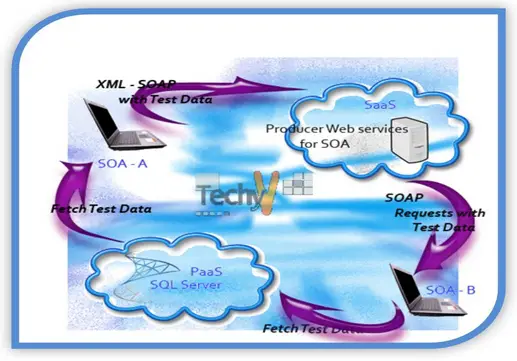Archive
Network and Sharing with Windows 7
Computers are becoming a basic need of each organization, institute, and for personal use. An end user is required to have an Operating System in the computer to be able to perform daily tasks that include both professional tasks and tasks at home. Microsoft, in this context, has launched several Operating Systems with the passage of time. Microsoft Windows 7 is the currently launched and a marketed Operating System. Microsoft Windows 7 Operating System is more user-friendly with regards to its features as compared to the earlier Operating Systems launched by Microsoft. Windows 7 has... Read moreHardware devices with their invention dates
1. A router Router is a network device used to interconnect more than two computers sharing the internet. It was first invented in the year 1974 and named as Xerox router.

Clustering of Mailbox Servers based on CCR Clustering
What is CCR Clustering? Cluster Continuous Replication or CCR is a new feature of Microsoft Exchange 2007. It is a combination of active/passive Windows Clustering found in Windows 2003 Server which has a capability of combining Exchange 2007 log file shipping and replay features. A CCR cluster is referred to a set of mailbox servers clustered in a way that each Mailbox server maintains its own copy of database that is attached exclusively to it. These server-maintained, databases replicate with each other and work in Active / Passive mode. It also represents a high... Read moreExchange server Edge 2007 Part 3
What is Edge Server? Edge server role is one of the 5 email server roles introduced in Microsoft Exchange 2007. This server role is responsible for the email delivery and receiving to and from internet. What Does Edge Server Do? An Edge Server’s basic function is to provide an entry and exit point for all emails sent and received from the organization. Emails coming through Microsoft Outlook, Outlook Web Access (OWA), and Outlook Anywhere (OAW) versions 2003, 2007 & 2010, Windows Mobile devices or any other smart phones using Active Sync have to pass through the... Read moreTop 50 Definitions of Cloud Computing
As a topic, cloud computing is yet to be defined. However, the following are the 50 descriptions. Read on: 1. The lively stipulation of Information Technology (IT) potential including software, hardware or services from some third parties on the network is known as cloud computing. 2. Cloud computing is a form of computing, in which, the entire systems, servers, submissions and other components associated to facts and numbers hubs are made accessible to end-users and IT via Internet.
Cloud Hosting- An Overview
Cloud hosting is quite in the air now days. Some people might be hearing it for the first time but the fact is that the technology is not actually new and has been existed for quite a longer time irrespective of lack of awareness among certain section of people. Almost everyone today is a part of this cloud hosting due to the fact that they all have used Google at some or the other point of their life and Google actually is amongst the most popular and largest promoters of the whole idea. Now the question arises... Read moreCloud computing the hero
Cloud computing is a modern day computing technique that supports organizations in replying to challenges and opportunities that are faced on a daily basis. The Cloud computing approaches the access to overall information in a network internally or externally. These computing techniques have involuntary consequences as the information shared may get stolen or infected by outsiders.
SQL Azure Decoded (SQL's new name)
If you want to be brutal about it, SQL Azure is just SQL's new name. Think the same three capital letters, only now in a blue-cyan shade. Granted, Windows Azure is a great big new shiny platform as service, which can piggyback on both Microsoft server farms and on premise infrastructure.
DNS server on windows 2008
Domain Name System (DNS) is a system for naming systems and network services such as TCP/IP networks, internet and corporate networks. DNS works as a name resolution, when a user enters the DNS name of a computer in an application; DNS resolves the name and provides the other information such as its IP address services etc.











